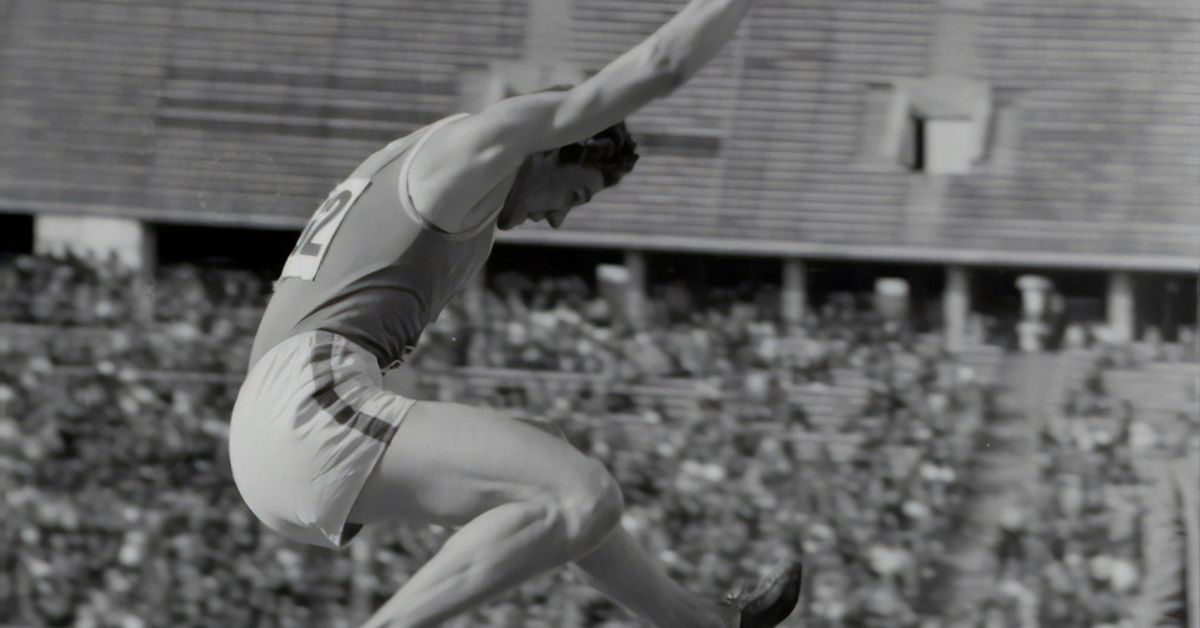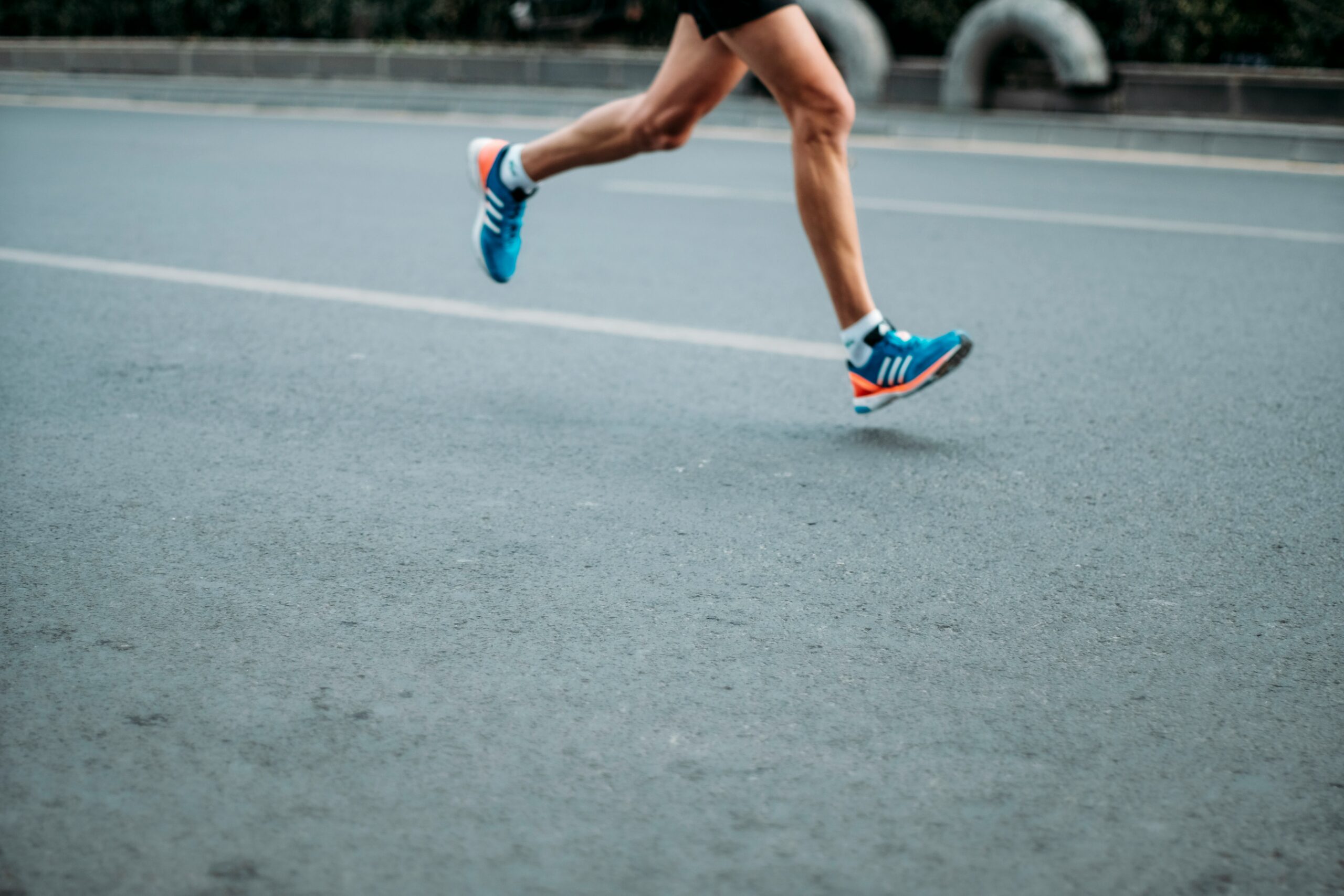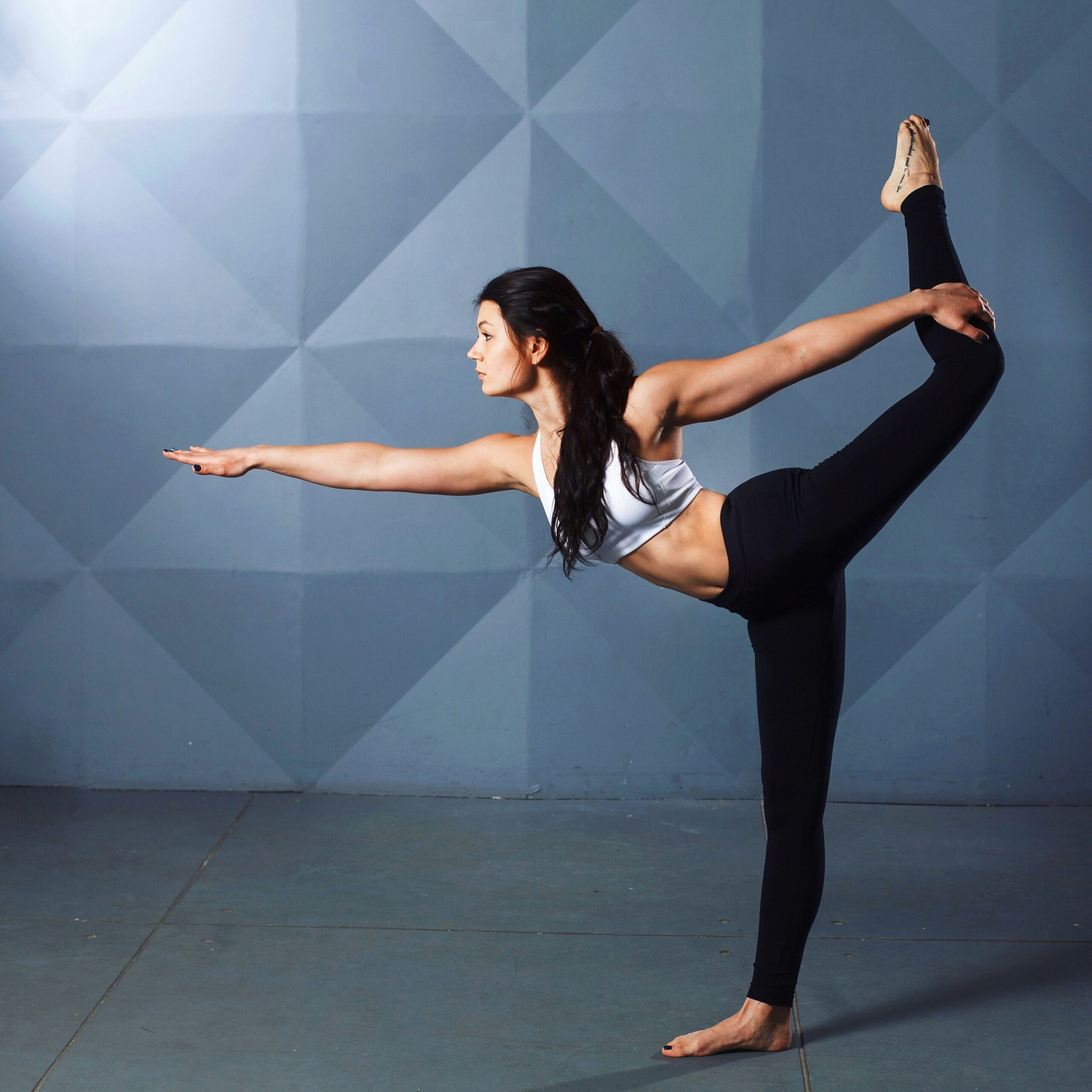Revealed: The Conditioning Hacks Top Basketball Players Use to Dominate the Court
When you watch the NBA, it’s easy to get lost in the incredible dunks, clutch three-pointers, and jaw-dropping plays that seem to defy the laws of physics. But behind every highlight reel is a grueling regimen of conditioning that keeps these athletes at the top of their game. It struck me that, while we often celebrate the sheer talent of players, we rarely delve into the nitty-gritty of their training routines. What keeps them agile, explosive, and ready to outperform their opponents? Let’s explore the conditioning hacks that allow top basketball players to not just compete but dominate.
The Foundation: Physical Conditioning
Physical conditioning is the bedrock upon which great basketball players build their careers. It’s not just about running miles on the treadmill or lifting weights; it’s about developing a holistic approach that combines strength, agility, endurance, and flexibility. A significant number of players start with a personalized training program designed to target their specific needs.
Strength Training
Strength training is crucial for any athlete, but in basketball, where power meets finesse, it’s imperative. Players like LeBron James and Giannis Antetokounmpo are known for their rigorous weightlifting routines. These sessions often include compound movements such as squats and deadlifts, which help in building overall strength. It’s fascinating to note that many elite players also incorporate Olympic lifts, which not only build power but enhance coordination and balance. I once heard a strength coach mention, “If you can lift it, you can dunk it” – a mantra many basketball players seem to live by.
Endurance Training
Endurance is another key aspect of a player’s conditioning. The NBA season stretches over 82 games, and the physical demands can be staggering. To combat fatigue, players often engage in high-intensity interval training (HIIT). This method simulates the stop-and-go nature of a basketball game. Some players, like Chris Paul, are known to integrate sprint intervals into their routine, running short bursts followed by periods of rest. These workouts not only improve cardiovascular health but also enhance recovery times during games.
Agility and Speed: The Game Changers
Agility and speed can make the difference between a good player and a great one. Think of the quick footwork of a Kyrie Irving or the explosive first step of a Russell Westbrook. These players utilize specific drills designed to enhance their lateral movement and acceleration. Agility ladders, cone drills, and plyometric exercises are staples in their training regimens.
Plyometrics: Jump Higher, Move Quicker
Plyometric training is like rocket fuel for basketball players. Exercises such as box jumps and depth jumps are not just about jumping higher; they also develop explosive strength and quickness. I remember watching an interview with former NBA player Vince Carter, who claimed that plyometrics were a game-changer for him in his early career. “It’s all about that vertical,” he said with a grin, recalling the countless hours spent jumping on and off boxes.
Agility Drills: The Dance of the Court
Agility drills can often resemble a dance more than a workout. Players zigzag through cones or sprint in different directions, honing their ability to change speed and direction swiftly. This not only helps in evading defenders but also in positioning for rebounds and loose balls. I once witnessed a training session with a few young prospects – their footwork was so sharp, it was like watching a choreographed routine. I couldn’t help but think, “If only I had moves like that on the court!”
Flexibility: The Unsung Hero
Flexibility is often overlooked but it plays a vital role in a player’s conditioning. A flexible body can perform better, recover faster, and avoid injuries. Stretching routines and yoga have become staples for many players. Take, for instance, the legendary Kobe Bryant, who was known for his commitment to flexibility. He often practiced yoga not just for relaxation but to enhance his range of motion. It’s a reminder that sometimes, less is more. (I keep telling myself that while I try to touch my toes…)
Dynamic Stretching
Before games and practices, dynamic stretching has become a common practice among players. These are active movements that help prepare the muscles for the demands of the game. Think high knees, butt kicks, and leg swings. They’re not only a way to warm up but also a method to improve agility and mobility. I’ve seen players laughing and joking around while doing these stretches, and it just goes to show that conditioning doesn’t have to be all sweat and seriousness.
Nutrition: Fueling the Performance
What goes into a player’s body is just as important as how they train it. Nutrition is a critical component of conditioning. Top players often work with nutritionists to craft a diet that optimizes their performance. From protein shakes to complex carbohydrates, the right foods can enhance energy levels and recovery times.
Hydration: The MVP of Nutrition
Let’s not forget about hydration. Staying hydrated is essential for peak performance. Players are frequently seen sipping on electrolyte-rich drinks during games. It’s interesting to note that dehydration can lead to a significant decrease in performance – something every player knows all too well. I recall a story about a player who, during a particularly intense game, forgot to hydrate and ended up cramping in the final minutes. Talk about a lesson learned!
Meal Timing
Meal timing is another critical aspect. Eating the right foods at the right times can make a world of difference. Many players opt for a meal high in carbohydrates a few hours before a game to maximize their energy. Post-game meals are often rich in protein to aid recovery. I once asked a player how he felt after a tough match, and he said, “If I don’t eat my protein shake within 30 minutes, I feel like a deflated balloon.” It’s a quirky analogy, but it perfectly captures the urgency athletes feel about nutrition.
Recovery: The Often-Ignored Element
In the world of sports, recovery is just as important as the training itself. It’s the secret sauce that allows players to bounce back from grueling games and practices. The best players have sophisticated recovery routines that include everything from ice baths to massage therapy.
Active Recovery
Active recovery involves low-intensity activities that promote blood flow without putting additional stress on the body. Many players engage in yoga or light swimming as part of their recovery. It’s fascinating to observe how these practices can rejuvenate the body and mind. I remember a player mentioning that on his rest days, he would often spend time at the beach, swimming and relaxing – and who can blame him?
Sleep: The Ultimate Recovery Tool
Sleep is another crucial aspect of recovery that players often prioritize. High-level athletes typically require more sleep than the average person, with many aiming for 8-10 hours each night. Sleep not only aids in physical recovery but also enhances mental sharpness. I remember hearing about a player who, after a series of late-night games, decided to invest in a state-of-the-art sleep chamber. “It’s like my secret weapon,” he joked. Well, if it helps him stay on top, who can argue?
The Mental Game: Conditioning the Mind
Physical conditioning is vital, but the mental aspect of the game cannot be overstated. Top players often engage in mental conditioning to sharpen their focus, enhance their decision-making, and maintain composure under pressure. Techniques like visualization and mindfulness training are becoming increasingly popular.
Visualization Techniques
Visualization is a powerful tool that many players utilize. By mentally rehearsing their movements and plays, they can enhance their performance. I once watched a documentary featuring a player who would spend time visualizing each shot he planned to take before a game. “If I can see it, I can do it,” he said with confidence. It’s a philosophy that has proven effective for many athletes.
Mindfulness and Meditation
Mindfulness and meditation have also gained traction among athletes. These techniques help players stay present and focused, reducing anxiety and improving performance. I’ve spoken to several players who incorporate short meditation sessions into their daily routines, and they swear by it. One player shared that meditation helps him “clear the noise” before big games, allowing him to concentrate on what truly matters.
Conclusion: The Pursuit of Excellence
In the end, the conditioning hacks that top basketball players employ are a blend of science, personal preference, and a relentless pursuit of excellence. From strength training to mental conditioning, each aspect plays a crucial role in their performance on the hardwood. As fans, we’re often drawn to the spectacular moments on the court, but it’s essential to recognize the tireless work that goes into creating those highlights.
So, the next time you watch a game, take a moment to appreciate the athletes not just for their talent, but for their dedication to conditioning. After all, it’s the hours spent training, recovering, and mentally preparing that truly set them apart. And who knows? Maybe some of their hacks can inspire us mere mortals to step up our own game—whether that’s on the court, in the gym, or just trying to keep up with our kids in the backyard.




